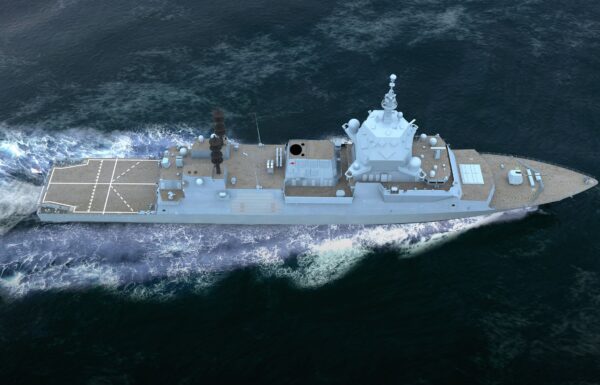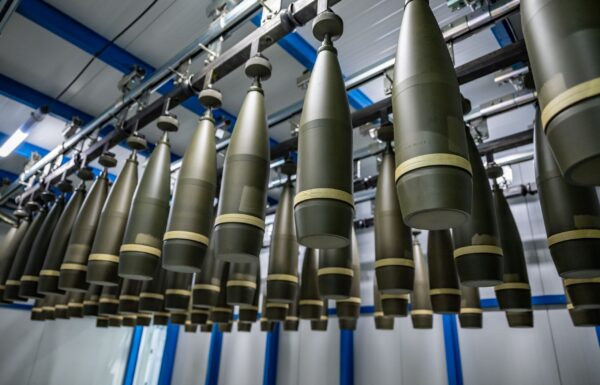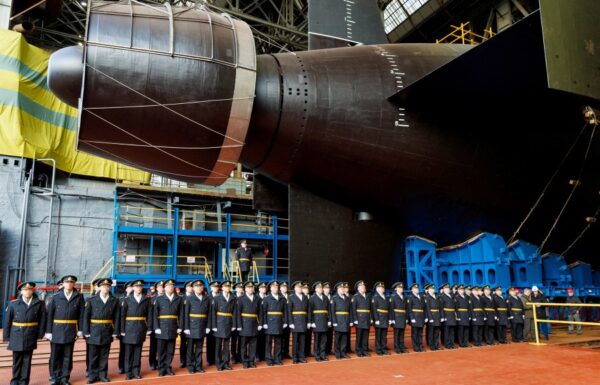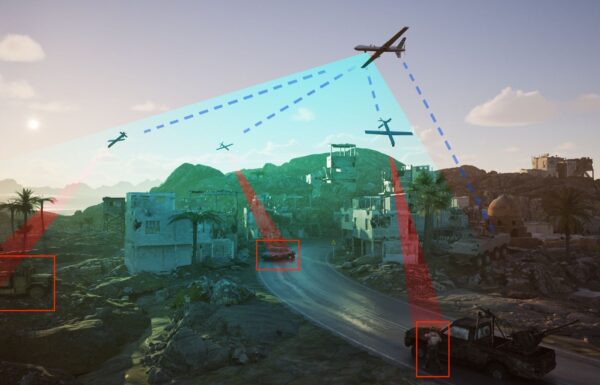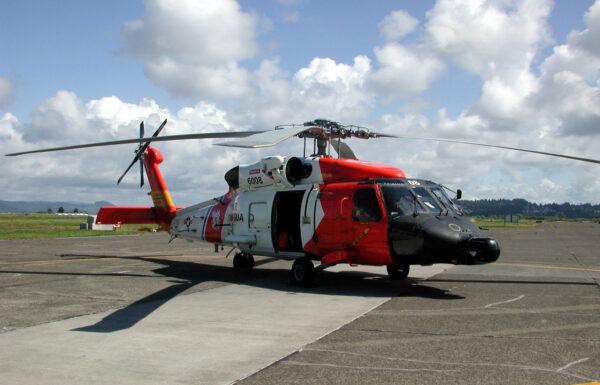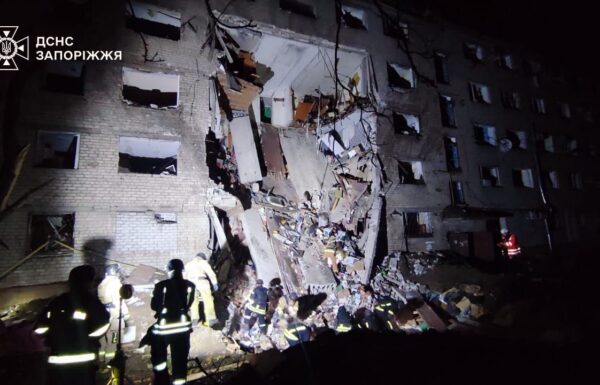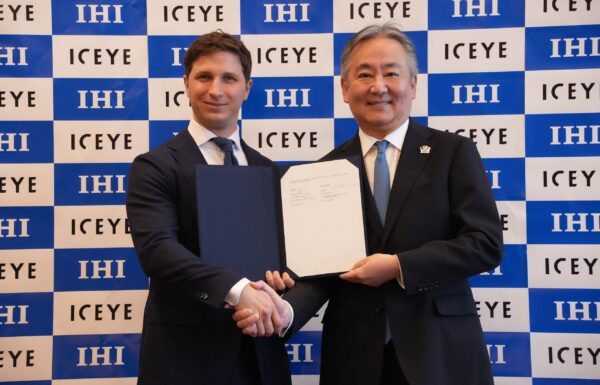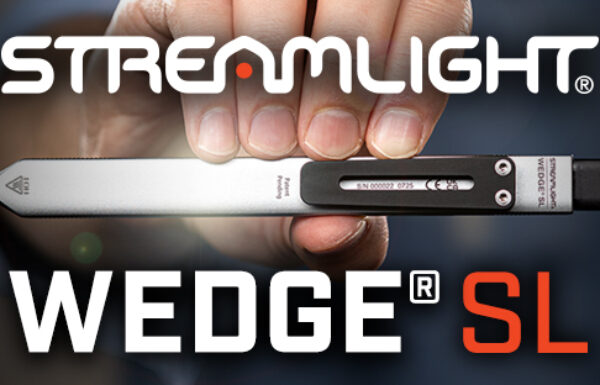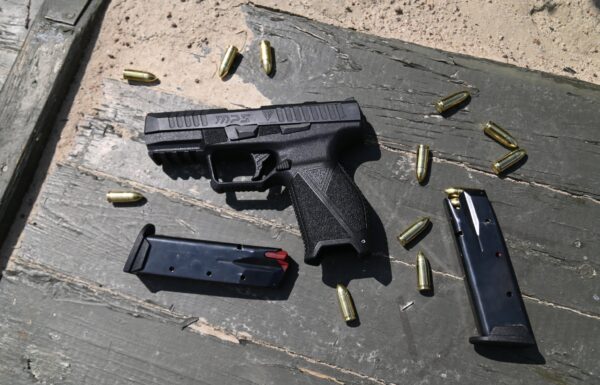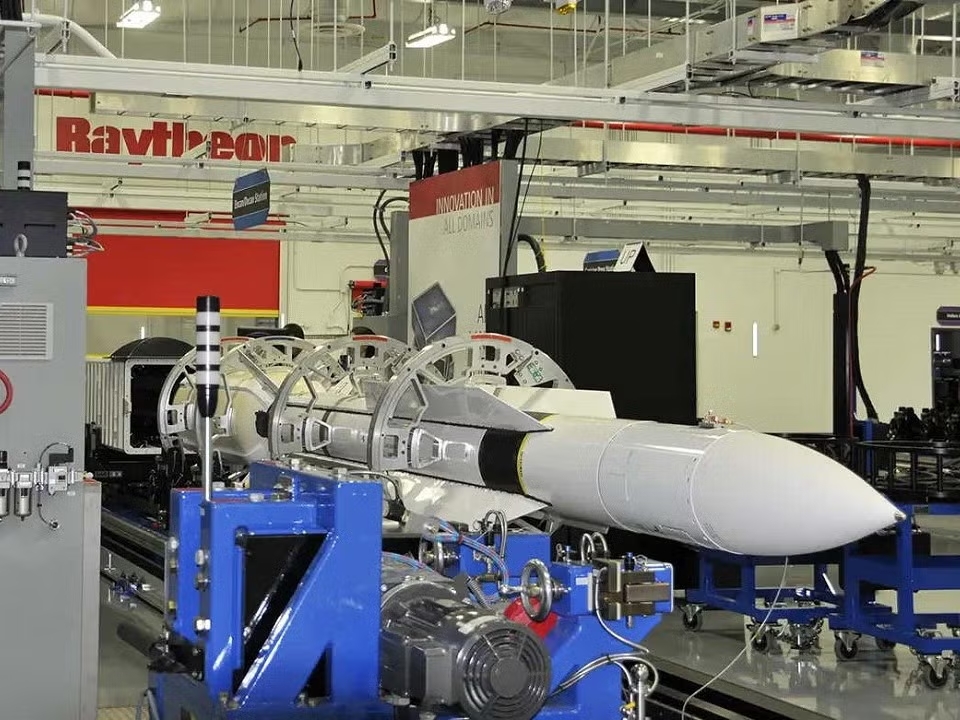On Thursday, September 18, 2025, the Naval Supply Systems Command Weapon Systems Support in Philadelphia, Pennsylvania, on behalf of the US Department of Defense, announced the conclusion of a contract on September 8 with Raytheon (part of RTX Corporation), worth 216,388,446 USD, to expand production capabilities for the RIM-174 Standard Extended Range Active Missile (ERAM), also designated as the Standard Missile 6 (SM-6), an interceptor/anti-ship missile.
This is an annex to the framework agreement from December 20, 2019, for the production of the missiles mentioned above, covering the procurement and development of specialized tooling and test equipment to increase production capacity. Before the conclusion of this annex, the cumulative value of task orders amounted to 1,262,284,853 USD, while the framework agreement is valued at up to 1.3 billion USD.
Work under the latest annex will be carried out in Tucson, Arizona (72%); Gilbert, Arizona (6%); Colorado Springs, Colorado (4%); North Reading, Massachusetts (4%); Suwanee, Georgia (4%); Greenville, Tennessee (2%); and at various other locations, each accounting for less than 1% (8%). Completion is scheduled for September 2029. Initial funding comes from savings within the FY2024 NDAA defense budget, specifically US Navy weapons procurement funds totaling 136,093,614 USD, which were obligated at the time of contract award and will not expire at the end of the current fiscal year (September 30).
The RIM-174 SM-6 ERAM is launched from Mk 21 Mod 3 canisters of the Mark 41 Vertical Launch System (VLS) aboard surface ships. In its Block 1 version, it was designed to counter aircraft, helicopters, drones, cruise missiles, and ballistic missiles in their terminal phase.
The missile is 6.6 m long, 0.5 m in diameter, and has a launch weight of 1,500 kg, including a 64 kg fragmentation warhead. It employs both semi-active and active radar guidance, with an estimated range of 370–463 km. The missile uses the airframe of the SM-2ER Block IV (RIM-156A), accelerates to Mach 3.5, and incorporates a modified guidance system derived from the AIM-120 AMRAAM.
In recent years, the missile has been modified to the RIM-174B Block IA variant, enabling anti-ship missions (announced in 2016). Additionally, RTX has offered integration with the MIM-104F Patriot ground-based air defense system. For the US Navy, an air-launched version designated AIM-174B, also known as the SM-6 Air Launched Configuration, was recently developed and integrated with F/A-18E/F Super Hornet carrier-based aircraft.
Serial production began in 2015, and RTX has delivered over 500 missiles within a decade. In January 2025, the US Navy awarded Raytheon a 333 million USD contract (with options up to 908 million USD) for Block IA production. The current unit cost of the SM-6 is approximately 4.3 million USD.
On March 14 of this year, the Missile Defense Agency (MDA), in cooperation with the US Navy and Lockheed Martin, tested the missile’s capability against hypersonic threats.
Currently, Japan, which operates the RIM-174 SM-6 ERAM Block 1 alongside the AIM-120 AMRAAM, is seeking domestic co-production of these systems. The missiles have also been delivered to Australia and will, in the future, be fielded by South Korea.


